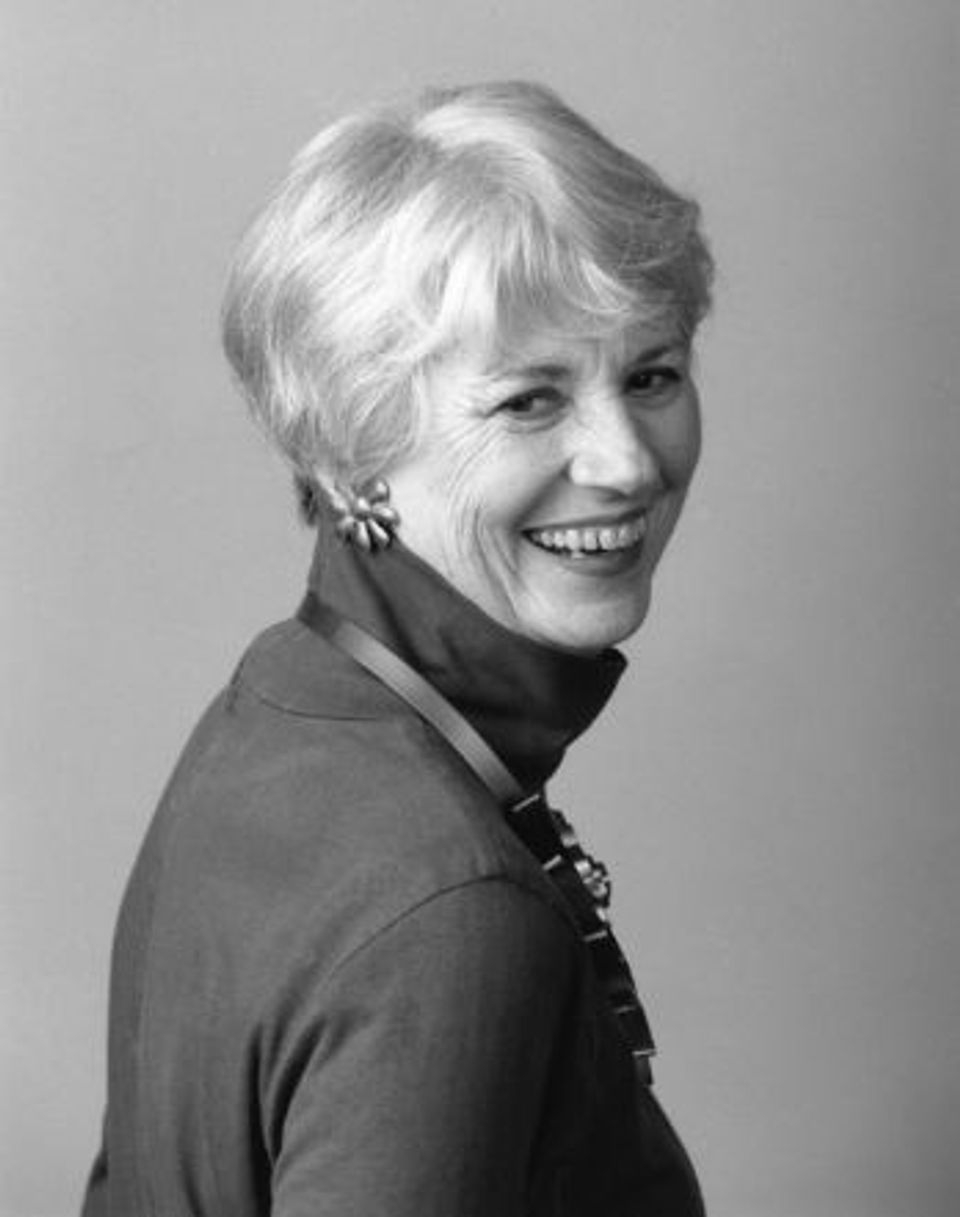Arline Fisch

- Also known as
- Arline M. Fisch
- Arline Marie Fisch
- Active in
- San Diego, California, United States
- Biography
Arline Fisch was born in Brooklyn, New York, and received a B.S. degree in art education from Skidmore College and an M.A. from the University of Illinois. In 1956-57 she studied silversmithing at the School of Arts and Crafts in Copenhagen and in 1966-67 returned to Denmark for further training in metalsmithing. Since 1961, she has taught full time at San Diego State University.
Fisch has played a central role in the revitalization of jewelry as a contemporary art form. Her outstanding contribution has been the introduction of weaving techniques into the field of jewelry making. Employing flattened gold and silver wire, she knits, braids, plaits, and crochets lightweight, flexible forms with dense, light-reflective patterns, subtle textures, and glowing color. She first encountered artistic jewelry in the Egyptian collection of the Metropolitan Museum of Art, which she frequently visited as a child. Along with other historical ornaments there early impressions continue to influence the form and meaning of he work. In 1985, Fisch was declared a "Living Treasure of California" by the State Assembly.
Kenneth R. Trapp and Howard Risatti Skilled Work: American Craft in the Renwick Gallery (Washington, D.C.: National Museum of American Art with the Smithsonian Institution Press, 1998)
- Luce Artist Biography
Arline Fisch was first inspired by the Egyptian jewelry at the Metropolitan Museum of Art, which she saw when she was very young. She was a founding member of the Society of North American Goldsmiths (SNAG), and served as its president from 1982 until 1985. Some of Fisch’s best-known works are her large body ornaments. But unlike artists who view their work as miniature sculpture, Fisch thinks of her pieces as objects of personal adornment, and admits to wearing all of them at least once. She says that the “major function of a piece of jewelry is to make the person who wears it look and feel beautiful, elegant and distinctive. It must enhance the person, compliment the personality and never overwhelm either aspect of the wearer.”













